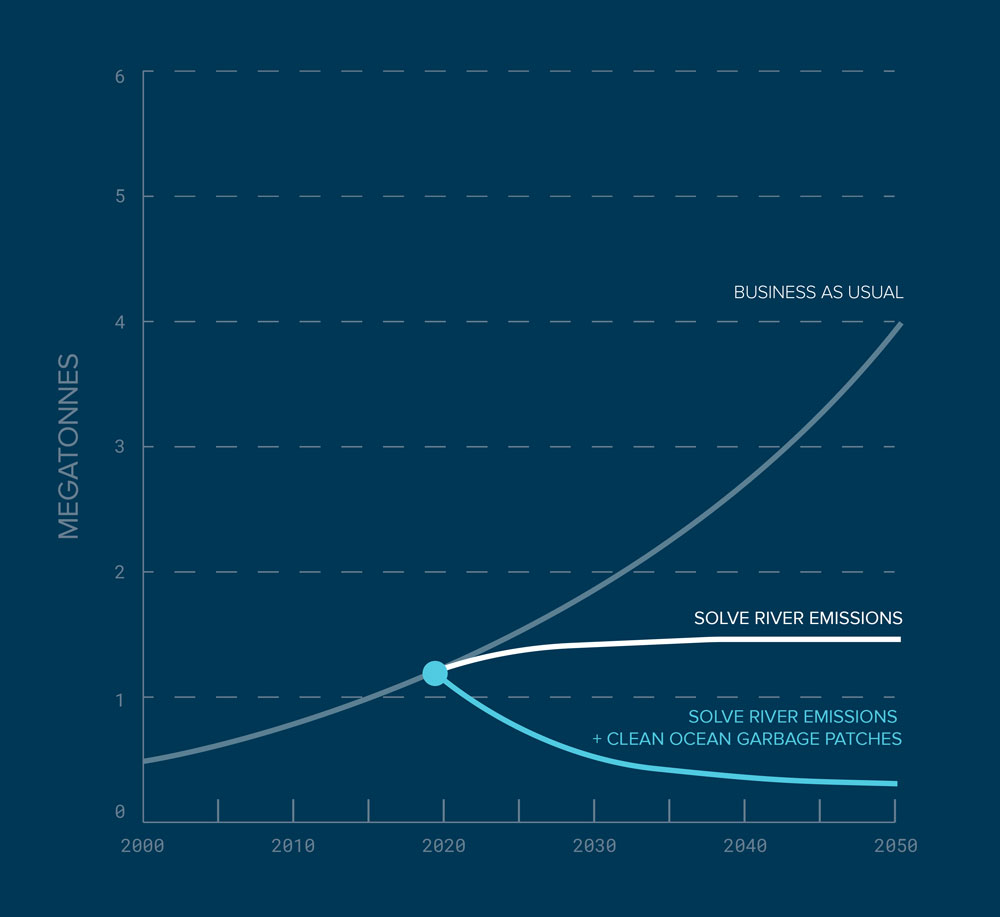About the Problem
With the increase of plastic production, there is an overwhelming amount of trash. Plastic takes centuries to decompose and most of the time, there are still microplastics left. A lot of the time, this trash ends up in our rivers, oceans and even our food.
Economy
According to a study conducted in collaboration with Deloitte, yearly economic costs due to marine plastic pollution are estimated to be between $6-19bn USD. The costs stem from the plastic’s impact on tourism, fisheries and aquaculture, and (governmental) cleanups.
Environment
Plastic pollution in the world's oceans is one of the biggest environmental issues of our time, impacting nearly 700 marine species.
Health
Plastic pollution does not only impact sea life, it also carries toxic pollutants into the food chain – a food chain including us humans.

